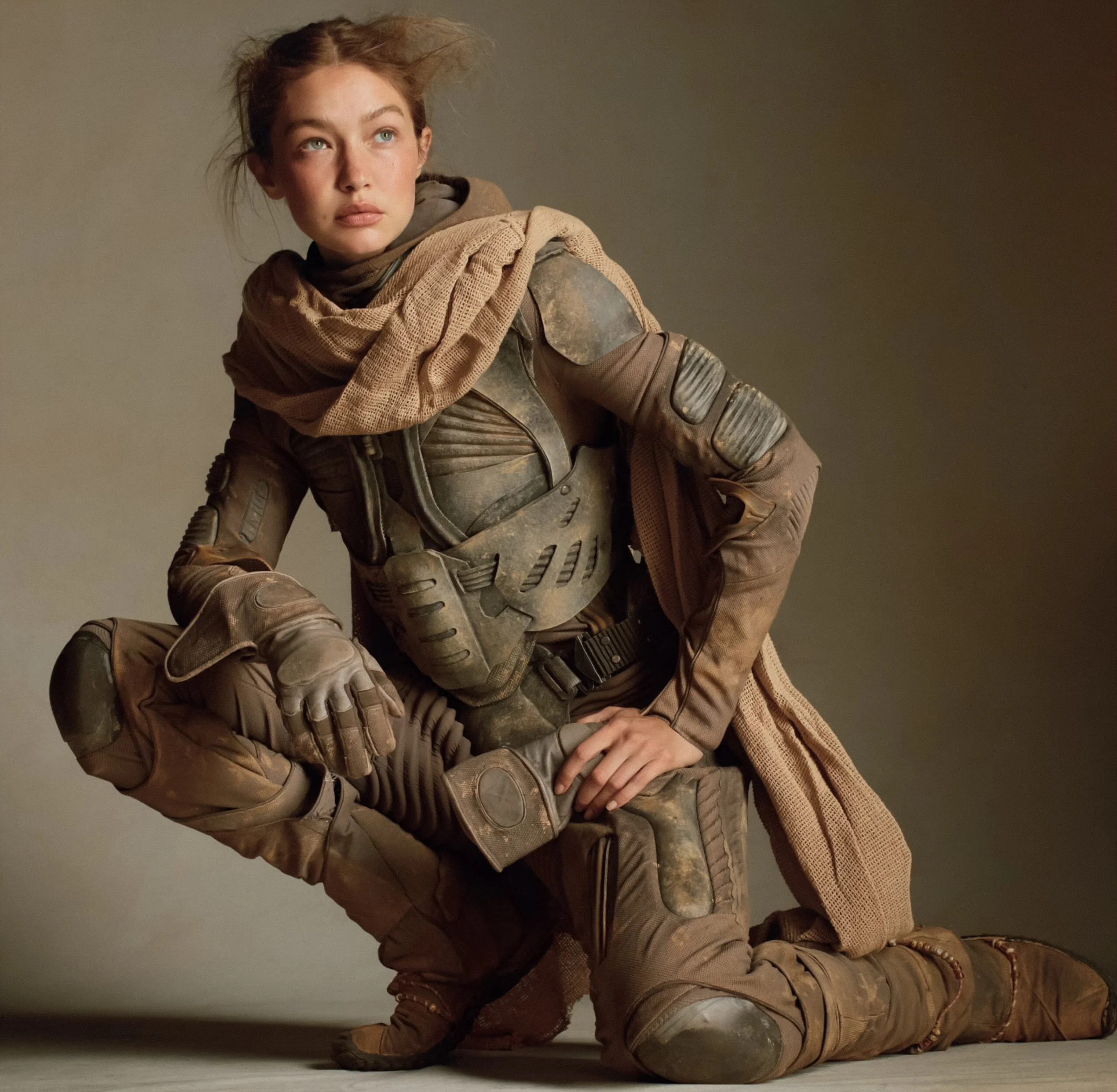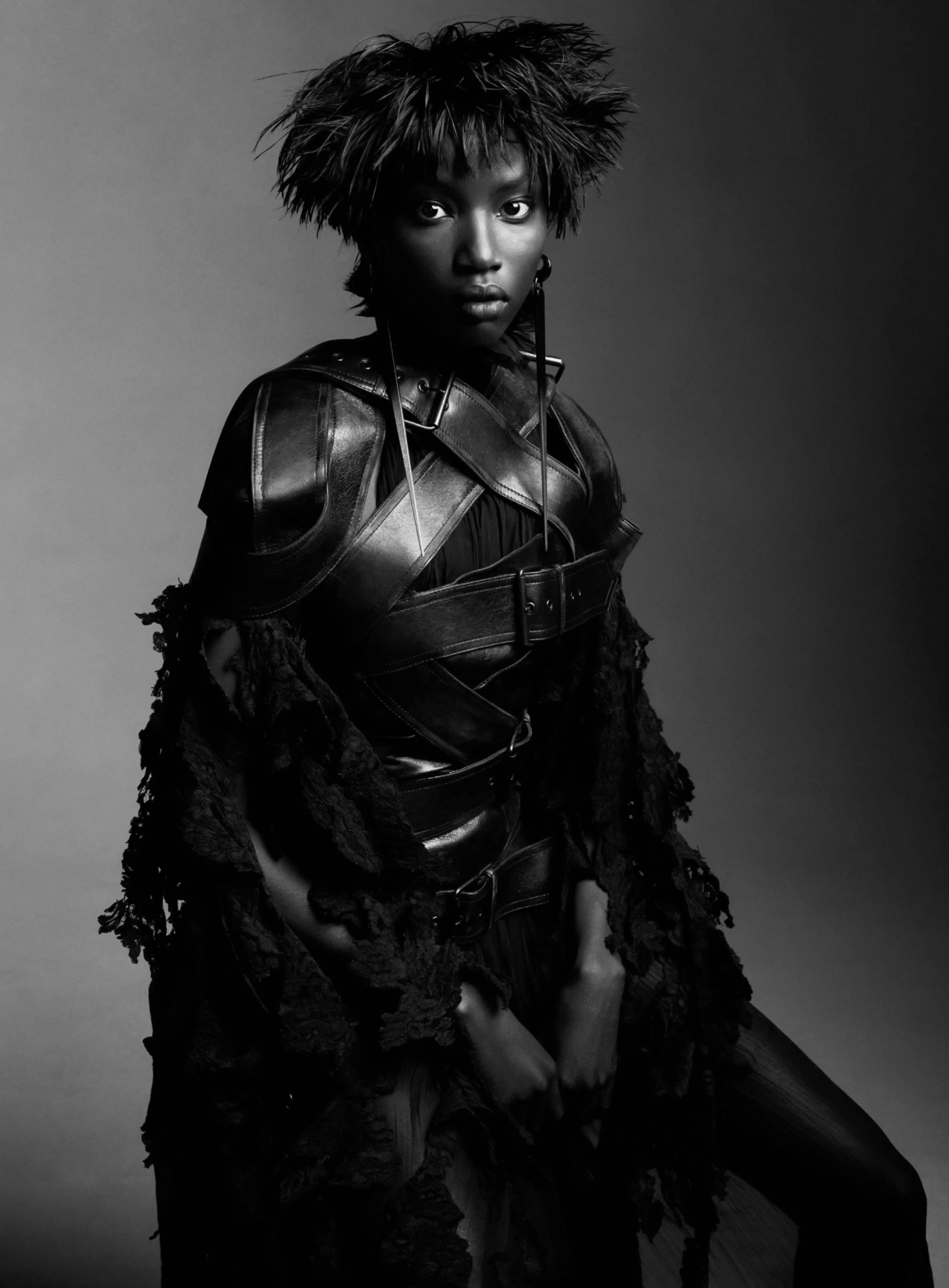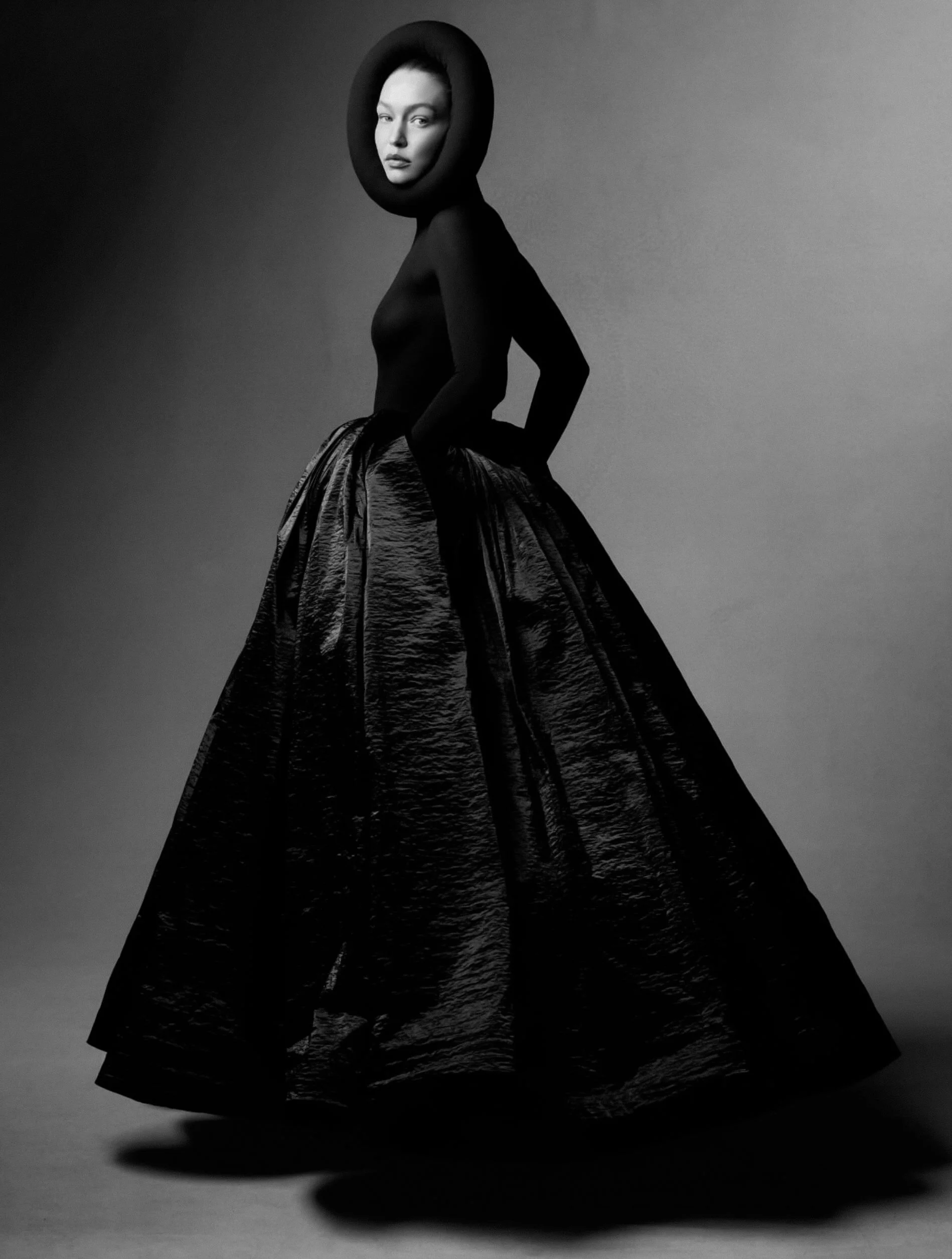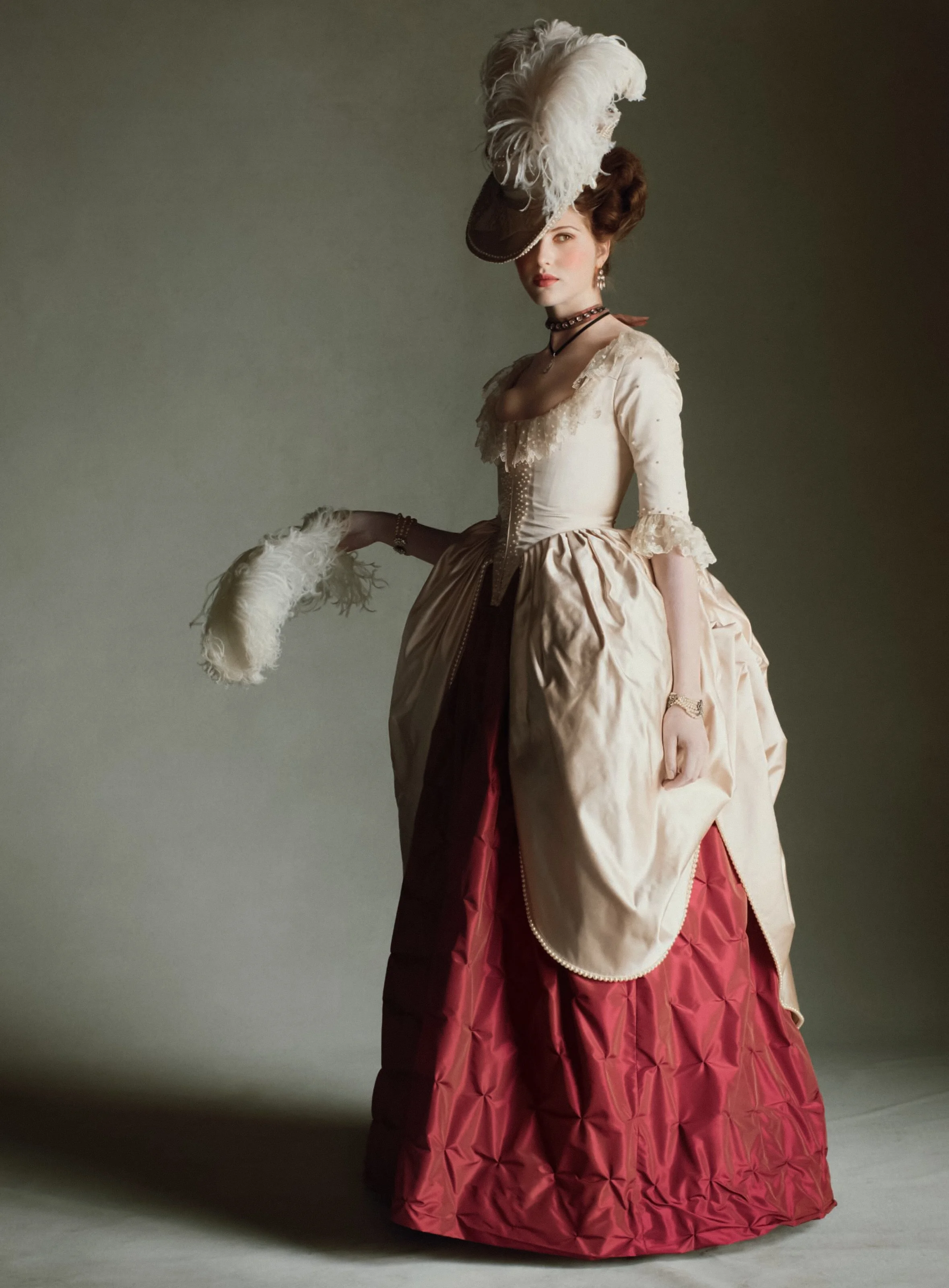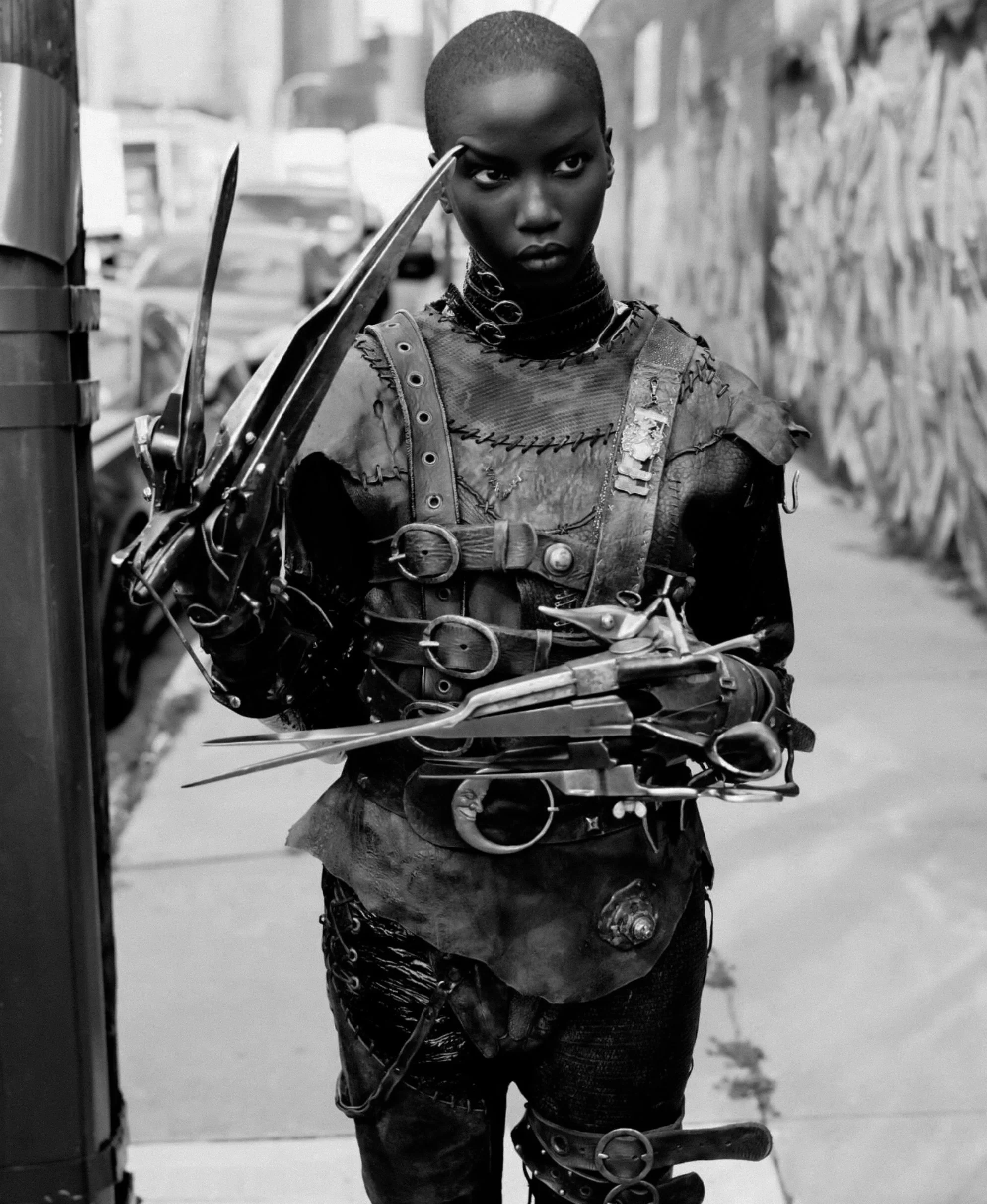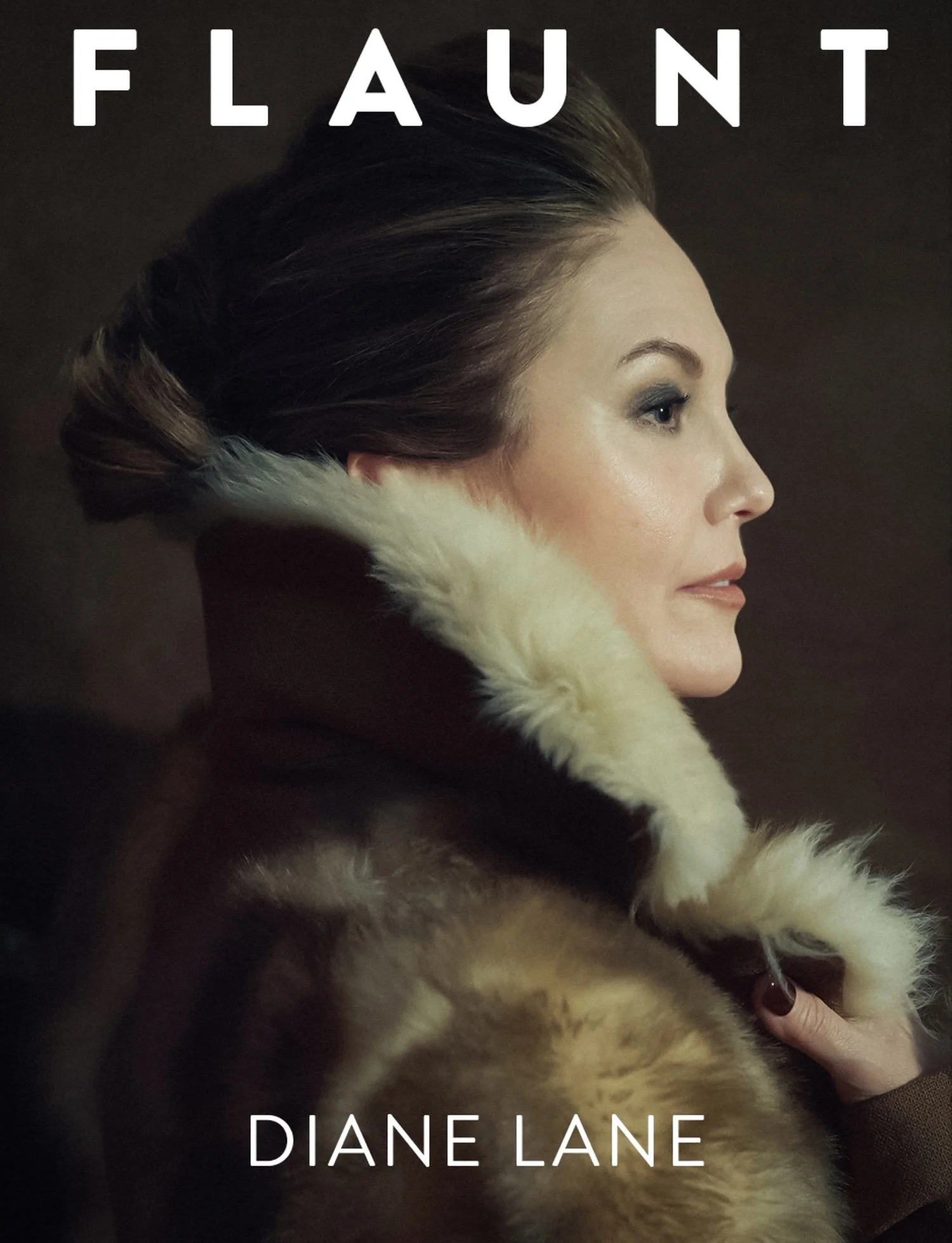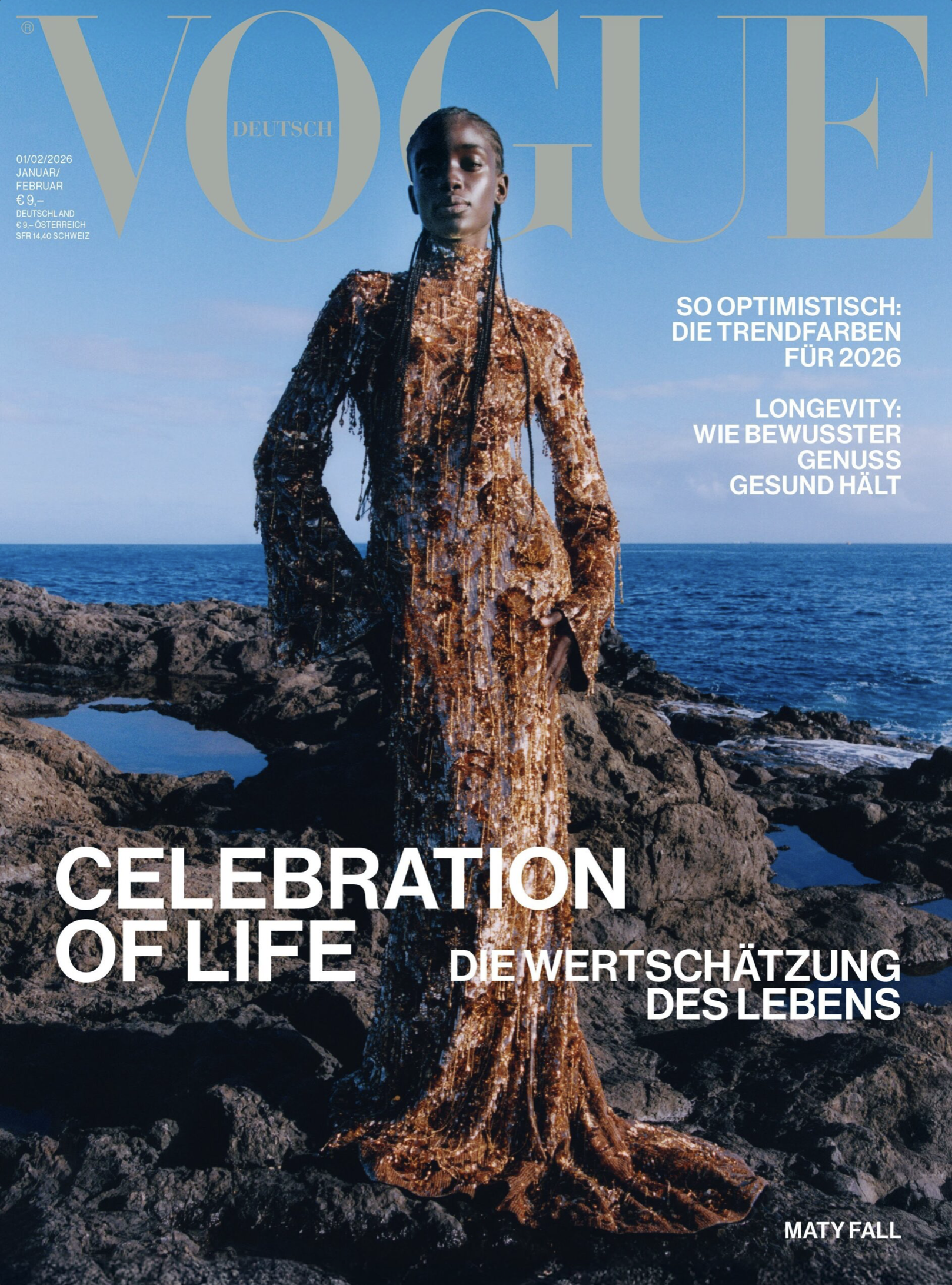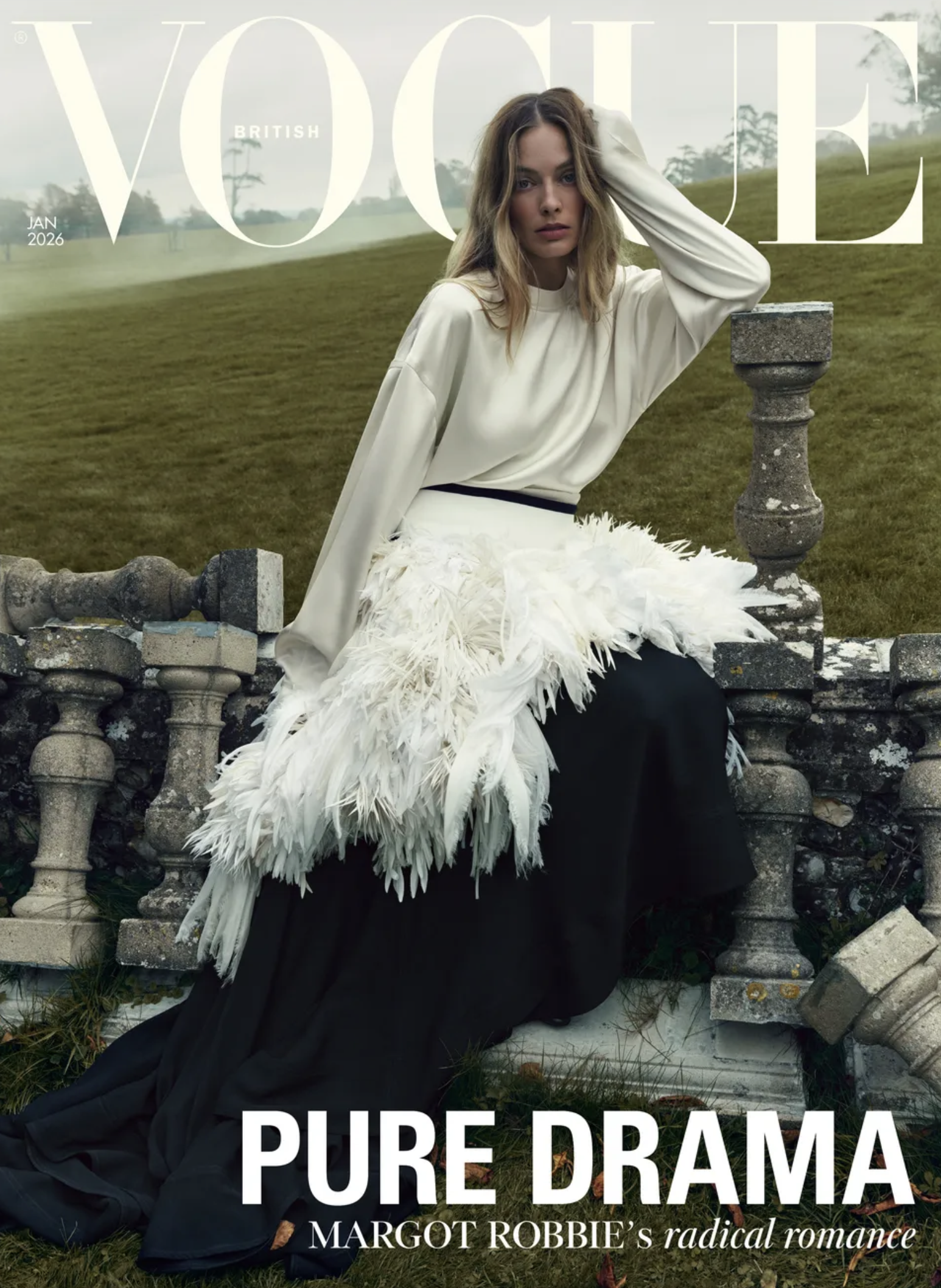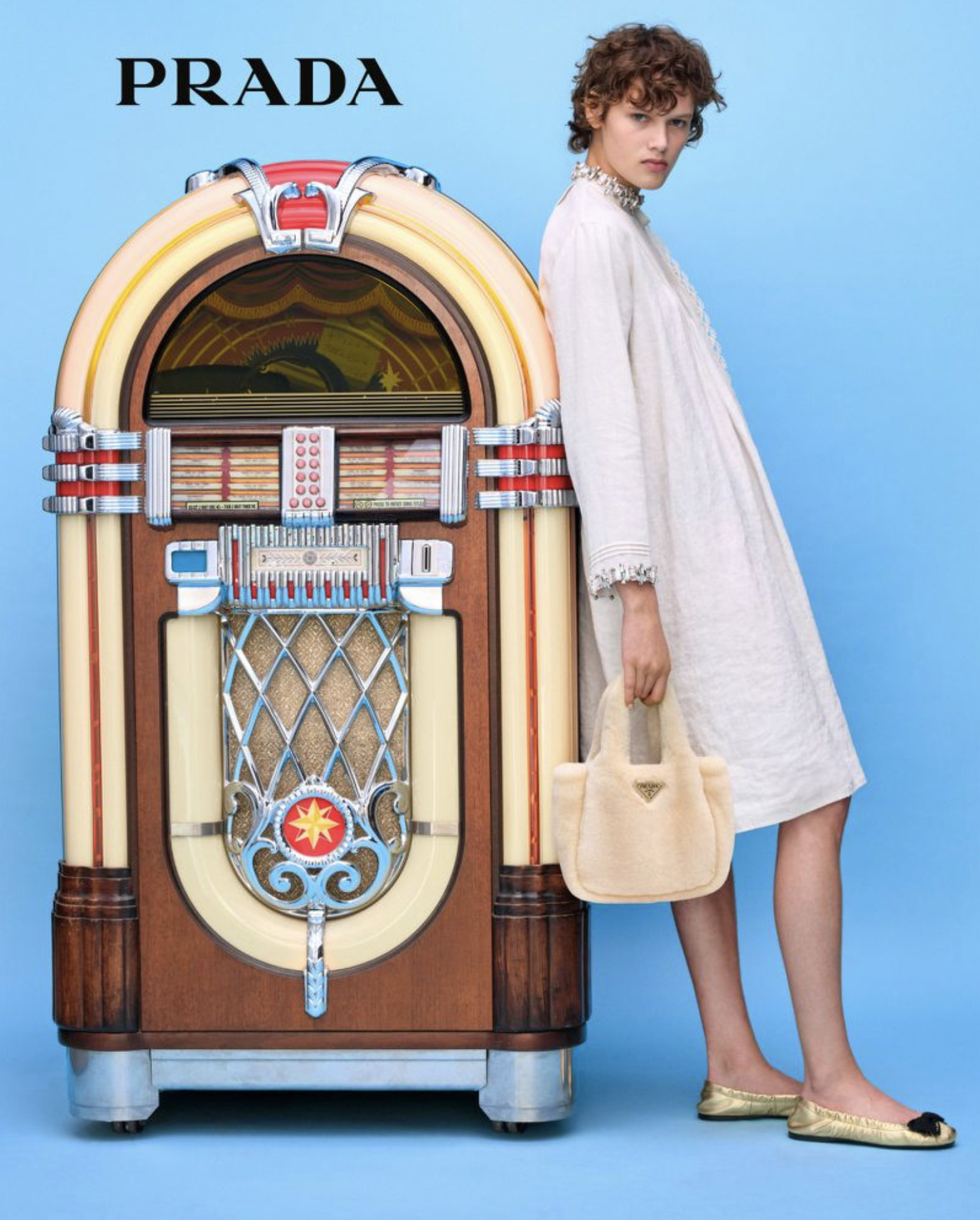Vogue World 2025 Hollywood Runway Particulars in British Vogue by Ethan James Green
/Vogue World 2025 Hollywood October 26 goes live at 9pm EDT, 6PM in California, with a LiveStream on Vogue.com. Hollywood will be taking over Los Angeles to celebrate some of the most important costume designers throughout history, with the help of revered contemporary designers reimagining some of the film industry’s most iconic on-screen looks.
The Vogue World 2025 Hollywood Runway features a mix of original costumes by Arianne Phillips, Catherine Martin, Colleen Atwood, Jacqueline West, Milena Canonero, Ruth E. Carter, Sandy Powell and Shirley Kurata.
New interpretations of classic movie looks are created by Alaïa, Balmain, Louis Vuitton, Maison Alaïa, Maison Valentino, Marc Jacobs, McQueen and Miu Miu.
Ethan James Green [IG] captures top models Angelina Kendall, Anok Yai, Awar Odhiang, Gigi Hadid, Julia Nobis, Lila Moss, & Mona Tougaard styled by Alex Harrington in ‘Action Replay’, a fashion story overview of tonight’s Hollywood gala. / Hair by Jimmy Paul; makeup by Kabuki
